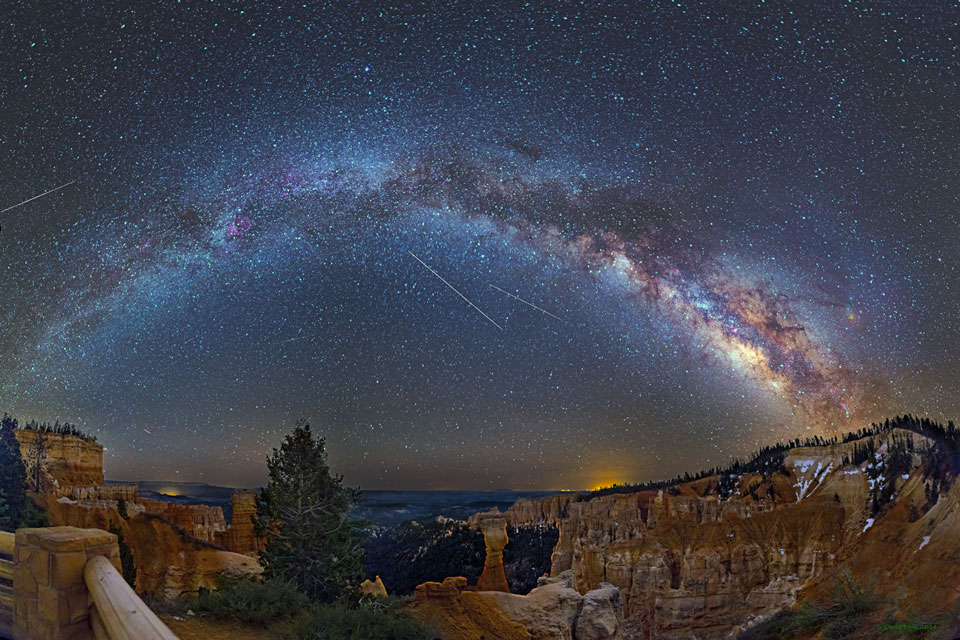As the night sky prepares its own theatrical show, the Eta Aquariids meteor shower promises to dazzle skywatchers with its cosmic display on May 5, 2024.
This annual celestial event, stemming from the remnants of Halley’s Comet, offers a breathtaking scene for those willing to venture into the darkness in the early hours.
Eta Aquariids meteor shower
The Eta Aquariids favour observers in the Southern Hemisphere, offering them front-row seats to one of the most intense meteor streams.
However, viewers in both hemispheres can enjoy the show, weather permitting. Clear skies are crucial, as cloud cover can obscure the meteors.
These grains are scattered along the comet’s orbit, intensifying around its nucleus, creating a meteoroid stream that Earth passes through annually.
This interaction results in the meteor shower, known for its swift and bright meteors with enduring glowing trains.
When to view the Eta Aquariids meteor shower
According to the Bronberg Weather Station, the optimal viewing experience, stargazers should mark their calendars for the night of May 5, 2024, at approximately 22:48.
However, the spectacle reaches its pinnacle in the pre-dawn hours, from about 3:00 AM to 5:30 AM, when up to 40 meteors per hour can light up the night sky.
Watch the live stream here:
Observers are advised to look towards the east, near the constellation of Aquarius, to spot the radiant point of the Eta Aquariids.
Areas away from city lights and with minimal obstructions such as buildings or trees provide the best settings.
Viewing tips and safety
As excitement builds for the Eta Aquariids, remember to prepare for a night under the stars. Dress warmly, bring a reclining chair or a blanket, and perhaps some refreshments.
While telescopes can enhance celestial observations, the Eta Aquariids are best viewed with the naked eye, allowing watchers to scan the vast night sky more effectively.
For those in urban settings, finding a dark spot even within city limits can still yield a rewarding experience.
The Eta Aquariids serve as an annual reminder of the comet’s lasting presence in our solar system. It’s also wise to allow your eyes to adjust to the dark for about 30 minutes to improve meteor visibility.
Halley’s Comet meteor shower
The Eta Aquariids meteor shower originates from dust grains ejected by Comet 1P/Halley.
Halley’s Comet, which last visited the inner solar system in 1986 and is slated to return in 2061, continues to influence Earth’s celestial events through the debris it leaves behind.











